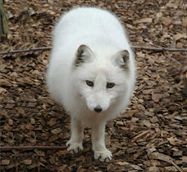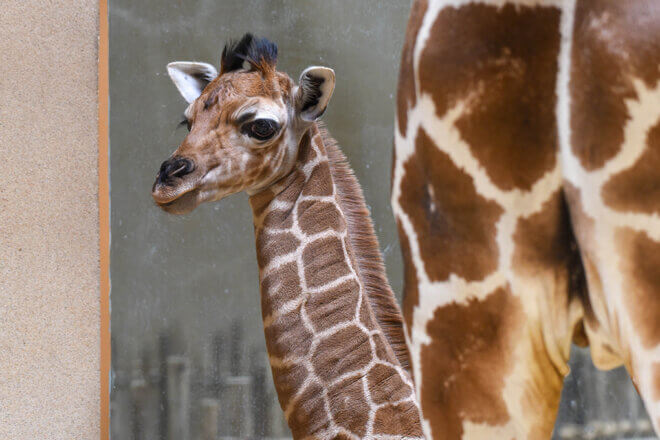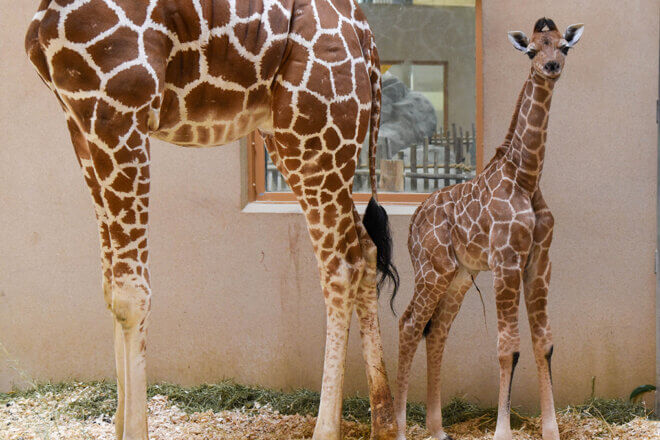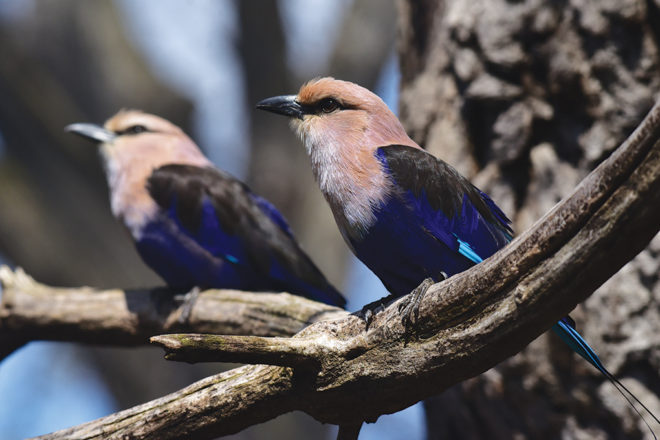From Student S.R.
I was wondering why arctic foxes do not hibernate and how long they can live without food?

We have one arctic fox named Sly at the Maryland Zoo. Animals generally hibernate and migrate because of the difficulty of finding food and sometimes water during the time at which they do these things. Usually it is during the winter that these necessities are hard to get. Some animals, like spadefoot toads, aestivate (similar to hibernation but for droughts) during dry periods of the year. Therefore, it is usually birds that eat things like insects, leafy plants (geese and ducks) or freshwater fish that are scarce, or inactive, in winter, that migrate. In some meat-eating birds like hawks and some owls, some individuals of a species will stay in a northern area to eat the limited number of active prey animals, and others of the same species move farther south where more prey animals are active. This is also true with some omnivorous birds like blue jays, robins and flickers.
In hibernators, it is often plant-eaters like squirrels and some types of mice that hibernate because a lot of plants die back to their roots or die altogether in the winter. Bats also hibernate (and migrate!) but they eat insects like many migratory birds do. Black bears and brown bears don’t technically hibernate because their body temperature does not drop tremendously like that of a groundhog, whose body temperature drops to about 37 degrees! While bears can wake up relatively quickly, groundhogs cannot because they need to shiver vigorously for a long period to raise their body temperature to normal, which I believe is a little warmer than our 98.6 degrees. Black and brown bears are forced into torpor because plants make up a large portion of their diets and there are not enough animals available to support them in winter. So like other mammals that go into some sort of rest state (in bears it is called torpor), they eat lots of food and fatten up tremendously before denning up. By sleeping and cooling off, they are limiting the amount of energy they use, which allows them to live off their fat throughout the winter.
Why did I not include polar bears with the other two North American bears? Polar bears actually find their primary food, ringed seals, more easily in the winter. They stay on the arctic ice floes and hunt the seals all winter long. Guess who eats the scraps? The Arctic fox! Why go to sleep if you can eat seal blubber all winter! Their thick fur and short extremities (legs and ears), help prevent heat loss and keep the fox warm in the harsh Arctic conditions. That is generally why Arctic fox do not hibernate!





Share this article